Las Vegas, we have a problem
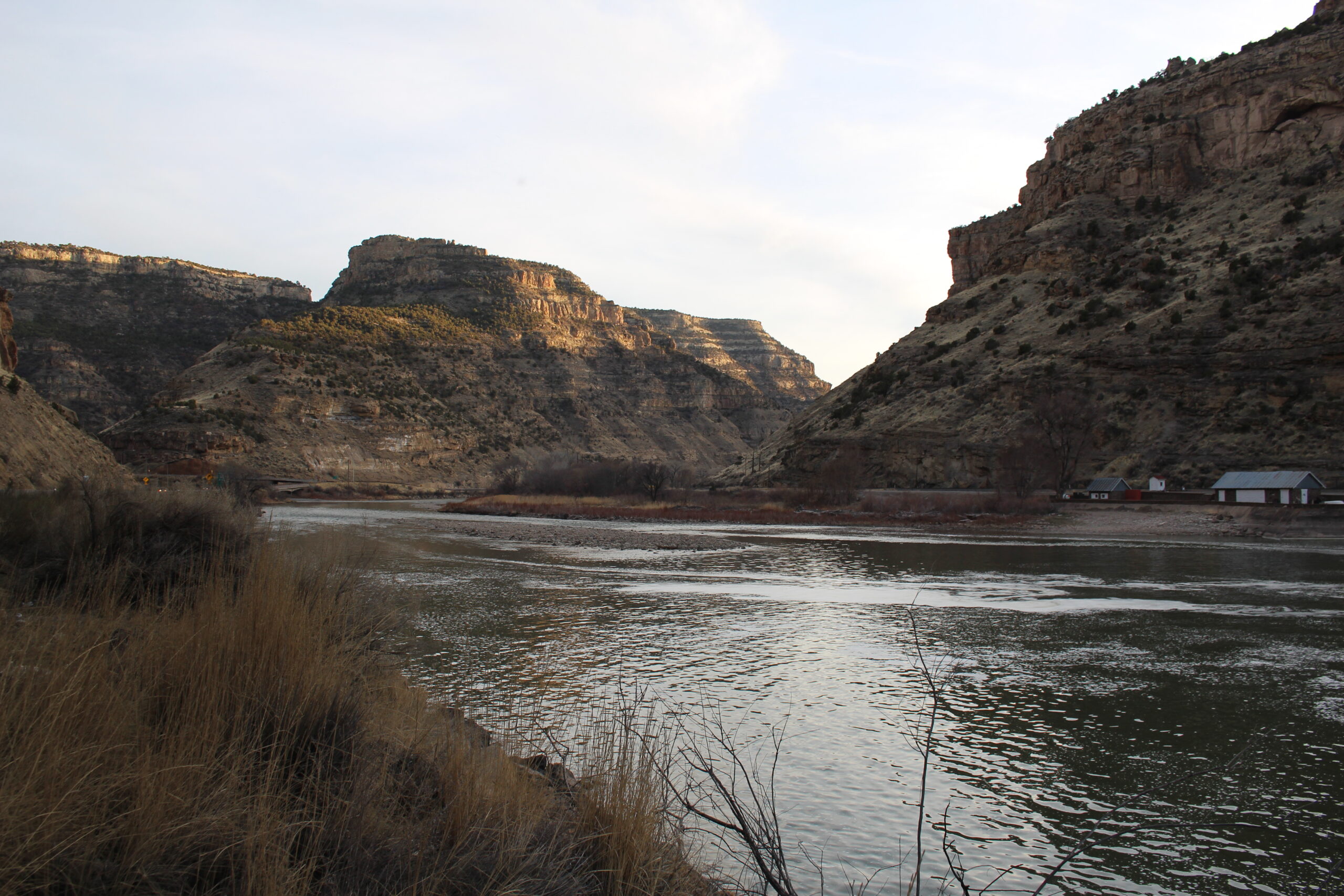
Following recent nationwide news reports of the first-ever declared Tier 1 water shortage in the Colorado River, which reduces for the first time the amount of water Arizona, Nevada and Mexico can claim from the river, I received a couple of emails about what that meant for Las Vegas. These missives essentially asked, “So, what are you-all going to do about it?” One email was from my brother-in-law in Nebraska, the other from a friend in Denver with plans to move to the Phoenix area. As a 36-year resident of Southern Nevada and recently retired environmental scientist who has worked on many water-related issues throughout my career, I had much to say.
Precipitation vs. perception
Admittedly, we have a water quantity problem here in Southern Nevada. Its primary cause is a now 20-year severe drought in the Colorado River Basin. Like it or not, believe it or not, climate change has much to do with it. One can debate the particulars, but to borrow a line from a recent GEICO ad campaign, “We all see it.” What is not causing it is the wastefulness of Las Vegans.
On that subject, let’s douse the hue-and-cry over the Bellagio’s dancing water fountains, which are front-and-center on the Las Vegas Strip. The water in those fountains comes from a private well drilled into an aquifer beneath the property; it is the same source and about the same amount of water used at the former Dunes Resort golf course over which Bellagio was constructed. Though no water is drained from Lake Mead to feed the fountains and helps cause the “bathtub ring” around the lake, to some it always will be the “evidence” needed to convict Las Vegas as water wasters.
This flows right into another pool pointed at by some: the logic of building a community now eclipsing two-million souls in the Mojave Desert—North America’s driest—and which gets 90 percent of its water from the Colorado River. The contention is that Las Vegas should not exist in the first place, and who cares if it dries up and blows away. On that score, I challenge anyone to explain why any human habitation anywhere should be where it is, at least at the population level it is at today relative to when it was first settled for whatever logistical or resource-access reason, thereby allowing those settlers to earn a living and support their families.
When I offered this defense to a former colleague from Edmonton, Alberta, who had scoffed at the idea of Las Vegas being selected to host an environmental conference, I asked, "So, why is Edmonton where Edmonton is?" He proudly responded that it was a settlement started by the Hudson’s Bay Company to support the fur trade. I countered that the City of Las Vegas started as a water stop on a railroad line, and posited that if Edmonton has a right to exist—what with beaver trapping long in the rearview mirror as an economic driver—Las Vegas has the same right to exist and thrive. And certainly Edmonton, in the frozen North for half the year, which requires immense amounts of greenhouse gas-emitting coal and natural gas to keep its citizenry from freezing to death, is as questionable a place as any to live. But nobody seems to question its existence. Or for that matter, the existence of Omaha, Syracuse, Dallas, Denver, Nashville or Spokane… throw a dart on a map.
The thing is, some folks are just pissed off at how and why Las Vegas continues to prosper, and has even blossomed into an international tourist destination known around this warming globe. It seems some hypocrites just can’t abide how most of the revenue is generated here. Not their cup of tea, I guess—although casinos and lotteries abound elsewhere, now, and Nevada’s legal brothels are at least a more honest attempt at dealing with that oldest of professions which is otherwise outlawed, but still present, just about everywhere else. Out-of-staters need to get over the fact that this once dot-on-the-map water stop—named for its historic water-reliant natural meadows—has become a thriving metropolis in the Mojave Desert, populated by people who actually like living and raising families here. And, some of their “born-and-raised” children also actually like it here, where they too want to raise their families.
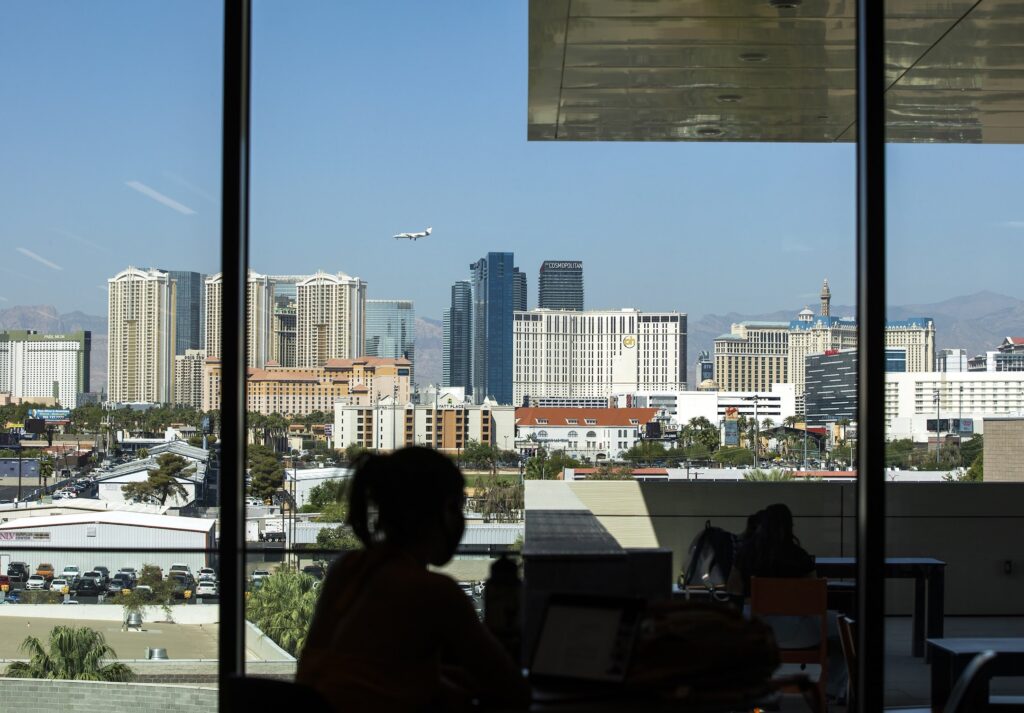
Now it’s time to talk about primary matters regarding the Colorado River and its water; that is, the allocation, use, and management of this most precious resource.
Playing with the percentages
Nevada is one of the seven U.S. states in the Colorado River Compact, along with Mexico, an agreement developed way back in 1922. Nevada is allocated 300,000 acre-feet-per-year (AFY) of the total estimated 16.5-million-AFY of water in the river system. At least that was the estimated total system volume in “non-drought” years. [Note: An acre-foot of water is 325,851 gallons, which can support the consumption of two to three homes annually.] The Nevada allocation hydrologically calculates to be a mere 1.8 percent of the total watershed flows in the river basin.
For perspective, Nevada’s neighboring states of Arizona and California are allocated a combined 43 percent of the flow, with California getting 4,400,000-AFY and Arizona getting 2,800,000-AFY (count the zeroes, folks). Together, these three states are geologically and geopolitically known in the Compact as the “lower basin states.” The “upper basin states” of Colorado, Wyoming, and Utah will be discussed later.
This means that the Las Vegas metropolitan area—which includes the cities of Las Vegas, North Las Vegas, and Henderson, and portions of unincorporated Clark County—generates far more revenue to fuel its local, state and regional economies, and sustains far more residents with the pittance of water it consumes, than does any other Colorado River water user, and possibly any other metro area in the nation.
Then there’s Arizona, which receives one-third of that state’s total water budget from the Colorado River via something called the Central Arizona Project. Phoenix, Tucson, dozens of suburbs, and the small towns dotting the region, which contain most of the state’s population, receive a good portion of their water from the CAP. Arizona’s cotton industry is a prime water consumer. While it is not a straightforward calculation with respect to the variables, if you take the number of acres dedicated to the production of cotton in Arizona using CAP water and multiply it by the amount of water needed to grow one acre of cotton in arid lands, Arizona consumes perhaps 200,000-AFY (and likely much more) of Colorado River water just to grow cotton in the desert. Yes, folks, this one crop drinks up two-thirds or more of the total amount of Colorado River water allocated to the entire state of Nevada.
It is well-documented in agricultural circles that cotton is one of the most water-intensive crops to grow in an arid environment. And then for good measure, Arizona farmers turn around and sell a good portion of these water-consumptive bales of cotton to China, which then converts that water-intensive fiber into various goods, such as clothing and sheets and pillowcases, and then turns around and sells some of these products back to U.S. consumers. It doesn’t take an economist to see that Americans are essentially buying back at retail prices a commodity made of Colorado River “baled water” which is first sold wholesale to China. And none of this takes into account the federal subsidies Arizona cotton farmers receive.
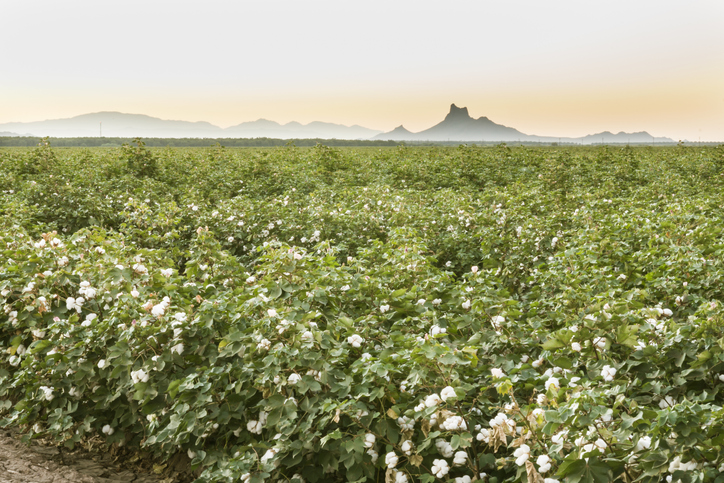
A bit more history on cotton production in Arizona: It wasn’t until Goodyear Tire and Rubber Company was looking for a reliable source of cotton to use as ply in its airplane tires during World War I—when it became dicey to obtain it from Egypt and elsewhere—that they targeted Central Arizona. It was a good idea at the time, understanding as we all now do (with what the pandemic has taught us) the problems a country can have with critical supply-chain limitations. Goodyear caused other tire companies to follow suit, creating exponential growth of that industry using CAP water. Today, the City of Goodyear, Arizona, bears witness to that history. It should be noted that with the Tier 1 water shortage declaration, there may well be significant cuts in the amount of water allocated to cotton and other agricultural operations in Arizona. My aforementioned friend from Denver who is about to relocate to the Phoenix area, is considering Goodyear, and sees nothing wrong with that—nor do I.
Next, there is the Valley of the Sun, which includes Phoenix with its far-greater population and far-greater suburban sprawl than the Las Vegas Valley, radiating out like wagon wheel spokes in all directions including down toward Tucson. As noted above, about one-third of Phoenix’s water is taken from the CAP; however, little, if any, is returned to the Colorado River as treated wastewater (sewage) effluent or otherwise. A good portion of the treated water is diverted to a nuclear power plant used as cooling-tower water, then is discharged into shallow ponds to evaporate into the desert sky. (The Valley of the Sun should perhaps have been more forward-thinking and gone for solar rather than for nuclear energy using water-evaporative processes. But I don’t judge.)
Next on the list is Southern California. Most of the water south of Los Angeles (e.g. San Diego, Imperial Valley, Riverside County—including Palm Springs) and a significant amount (25 percent) of water in the L.A. metropolitan area is siphoned off from the Colorado River via gravity-fed, open-air canals carved through the Mojave Desert. As such, SoCal residents need to wake up to the reality that they waste more Colorado River water than any other region on the river. They, like us in the Las Vegas Valley, need to have prominent in their lexicon terms like “xeriscaping” and “drought-tolerant plants,” and get rid of all that non-functional turf grass in their front yards and sidewalk strips and around commercial buildings, and stop washing their cars in the streets.
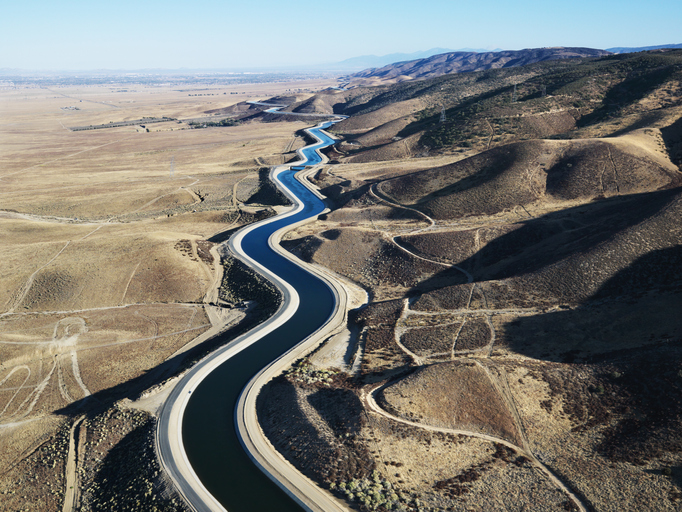
They also need to stop whining or being defiant or indifferent when their government officials suggest minimal conservation efforts. Most water restrictions there are local rather than statewide. And in many cases, these restrictions come with not much more than “pretty please, with sugar on top” clauses. May I suggest tasking Google Earth with a virtual “fly over” of Southern California? It would reveal the green tinge of irrigated landscaping spanning from down San Diego way to the verdant Beverly Hills, along Ventura Highway in the sunshine, and where the sun goes down over Santa Monica Blvd. Then let’s all compare that to the relative “tan hues” of the Las Vegas Valley, where our Water Smart landscaping program has been in effect for well over a decade.
(An insane aspect of the declared Tier 1 water shortage with respect to the three lower basin states is that it affects only Nevada and Arizona, not California. Why? It has something called “higher priority status” in the water-sharing agreement.)
However, with respect to California’s water consumption, the U.S. and world needs the Golden State’s agricultural production and output to feed us until such time as more water-conservative farming methods are developed and regulated in the fields, and until promising new technologies, such as indoor-farming, are better developed. Additionally, we must talk more realistically about the construction of desalination plants on the California Pacific coastline—which, granted, has its drawbacks, like increased near-shore ocean salinity and energy consumption. However, if California took that potential potable water, thereby reducing some of its dependence on the Colorado River, it could allocate its unused river water to, say... Nevada.
And that’s just the Arizona and California side of the Colorado River water ledger.
This is not to let the upper basin states of Wyoming, Utah and Western Colorado off the hook. They are allocated another 40 percent of the river’s flows. Nested within their consumption is quite a bit of unsustainable, grandfathered-in, intensive-water-use alfalfa farming. The unsustainable part is the policy of allowing farmers to flood their fields and waste water in one given year for no good reason other than to ensure their full allotments in the next growing year—whether they need the water that year or the next or not. It’s the old use-it-or-lose-it philosophy with those holding what’s called “senior rights.” This approach must be changed, like it or not.
Across the Great Divide
Now I find myself on the mountainside
Where the rivers change direction
Across the Great Divide
— Across the Great Divide, Kate Wolf, 1981
When we talk about Colorado as a Compact member, what often is missing from the conversation is how a portion of its water allocation is distributed. And that has to do in part with the Front Range cities of Colorado on the eastern (i.e., non-Colorado River watershed) side of the Continental Divide — that is, Denver, Colorado Springs, Boulder, Ft. Collins, Pueblo and others. These east-of-the-divide communities, suburbs, and adjacent farms and ranches receive somewhere between 565,000 and 596,000-AFY of Colorado River water. This is almost twice the amount of Nevada’s 300,000-AFY allocation.
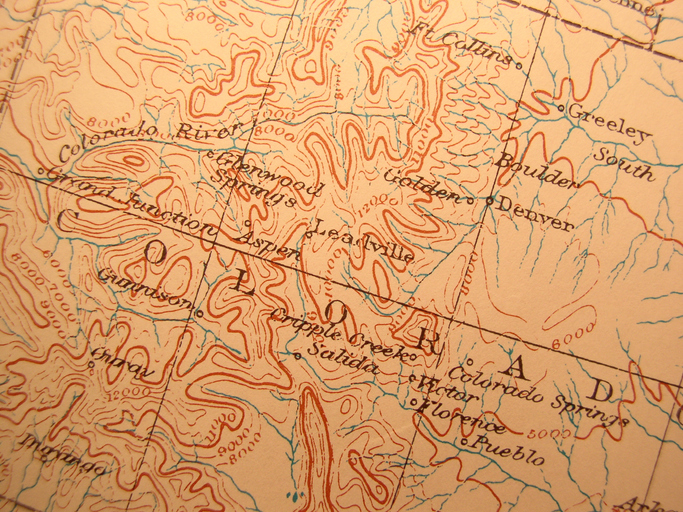
This is accomplished via a series of about two dozen well-engineered ditches and pipes and tunnels, with names like the Adams Tunnel, Roberts Tunnel and Moffat Tunnel. Via pumps and gravity, this water is literally “skimmed off the top” of the Colorado River watershed and removed from the river system to serve those communities outside of it. This ability has long been secured by the Front Range water providers, such as utilities and conservation districts. For perspective, about 80 percent of the water in Colorado originates west of the Continental Divide, while more than 80 percent of the state’s population lives east of the divide.
The water-transporting structures, which euphemistically create what is termed “trans-basin diversions,” have been constructed to perform something called “interbasin transfers,” which permanently remove water from the Colorado River Basin, never to return, literally and "littorally,” a river of deposit, but no return. This deprives the Western Slope’s downstream ecosystems and communities of water that would have naturally flowed to and through them—including Nevada.
In Colorado’s case, one might be inclined to defend this water taking with the argument that, as one of those seven basin states in the 1922 Compact, it is a valid intrastate use of the state’s allocation. And as the Front Range is where the major population centers of the state are, it’s reasonable that they should get it. While that may well be, the secondary, and maybe more pressing issue, is what happens to that water appropriated from the Colorado River system once eastern Colorado is done with it.
As my mother used to say when she thought I was hanging out with an “element” of which she disapproved, “water seeks its own level.” What may be true metaphorically in a societal context is certainly true in the hydrological context. Once it crests the spine of the Rockies and the Great Divide, the trans-basin-diverted water flows downstream. Whatever water is used for residential, commercial, industrial and/or agricultural purposes and is returned to the environment has to go somewhere.
That elsewhere, in one case, is one of Denver’s main wastewater (i.e., sewage) treatment plants, which treats and discharges about 130 million gallons of water each day into the South Platte River. This volume, amazingly, becomes 85 percent of the downstream South Platte River flow for six of the drier months of the year. This is about 400 acre-feet/day, or 145,000-AFY, or nearly 50 percent of Nevada’s annual allocation. That and discharges from the other wastewater treatment facilities around Denver and neighboring municipalities are also sent downstream into the South Platte River. Same for the Pueblo area to the south: Its treated effluent ends up in the Arkansas River system, with a tad bit discharged near the headwaters of the Rio Grande River.
The South Platte feeds into the North Platte, which flows into the Missouri River and then into the Mississippi River. The Arkansas River flows directly into the Mississippi farther downstream of the Missouri confluence. Therefore, Colorado River water “trans-basinally” flows right through the very heart of the states of Nebraska and Kansas and through or on the borders of the states of Missouri, Illinois, Kentucky, Tennessee, Oklahoma, Arkansas, Mississippi, and Louisiana, and via the Rio Grande, through New Mexico (that’s the seventh Compact basin state, if you were keeping score) and Texas.
All that Colorado River water therefore is available for all those states’ respective ranchers and farmers and industries and residents to use before it empties into the Gulf of Mexico. That’s ten "non-Colorado River Compact" states benefiting from water that really belongs on the west side of the Rockies. Why? Politics and deals made a century ago. First come, first served. Water’s for fighting, and all that. And why is it that this key fact rarely, if ever, is brought into the conversation about the management of Colorado River water today?
Good question.
Honestly, it's not for everyone
Speaking of Nebraska and of a few other agricultural states east of the Rockies—especially the western half of Kansas and the panhandles of Oklahoma and Texas—water quantity issues are not just a Colorado River concern. Look no further than the massive groundwater volumes extracted from the Ogallala Aquifer, in a region some have called America's “flyover states,” and others “America’s heartland.” Little publicized, at least relative to the Colorado River, is that farmers are depleting the Ogallala Aquifer by pumping far more out than is recharged. This is due, in part, because the government pays them to do it. Is that much different than what Utah and Wyoming and western Colorado alfalfa farmers are doing by flooding their fields to ensure the next year’s allotments?
Keying in on Nebraska, again, which receives that healthy slug of Colorado River-derived treated wastewater snaking down the South Platte and right through the belly of the state, and per its own Department of Natural Resources website:
“[Nebraska’s many lakes, streams, canals, and aquifers] ... are essential for a variety of beneficial uses, including drinking water, irrigation, recreation, and habitat for fish and wildlife. They also have a significant influence on the state’s economy. Removing and using water from lakes, streams, or aquifers without sufficient precipitation or other water flowing in to replenish the system can affect many industries vital to Nebraska’s economy, including agriculture. Nebraska’s water supply is a finite resource that must be carefully monitored and managed to protect future supplies for existing water users, prevent contamination or improper usage, and comply with agreements with other states regarding water consumption.”
Interestingly, in response to my explanation of the Colorado River water shortage, my brother-in-law, who had moved to Omaha from upstate New York over two years before, responded:
“I had no idea about the Ogallala Aquifer and often wondered where all the water comes from here in Omaha. Omaha does zero conservation and it’s really taken for granted when it comes to water. One interesting thing I see here in Omaha is they have created these large lakes which have been created to divert rainwater from flood zones.”
This brings up two opposing, yet interconnected issues: too much water, and too little of it. First, although it is situated on the North Platte, not on the South Platte, the Omaha area has long been prone to disastrous flooding, so those man made water-diverting lakes understandably are among the community’s defense against the ravages of flood waters. These structures were developed and funded by several entities, including the U.S. Army Corps of Engineers—again, with federal dollars, like those for cotton subsidies and Ogallala Aquifer pumping.
Why, then, is nearly half the amount of water allocated to Nevada each year—much of which is pumped over the Rocky Mountains—used, treated, and then dumped into the South Platte River from Denver wastewater treatment plants to flow into Nebraska, when there is at the same time too much surface water in Omaha along the North Platte River, just upstream from its confluence with the South Platte? Second, why is there no significant effort in Nebraska to inform its public of the need to conserve water as we in Las Vegas are constantly reminded of, be it in our mailboxes, on billboards, in TV commercials, or even by a popular now ex-Las Vegas Golden Knights NHL player as a spokesperson?
Another thing Nebraskans have in common with Las Vegans, in addition to being users of Colorado River water, is its state’s tourism slogan of, “Honestly, it's not for everyone.” Las Vegas and its means of economic prosperity is not for all, and Nebraska is selling the converse—the unpretentious, the uncomplicated, the quiet solitude in the open plains. Good for them. However, when visiting, you should be prepared to bring your own bottle—of water.
What happens in...
The Las Vegas Valley is the only metropolitan area on the Colorado River system which actually returns the water it uses back to the river from whence it came, either as highly treated effluent or as surface runoff via the Las Vegas Wash — the water course which drains the entire valley watershed into Lake Mead. Once in the lake, Las Vegas either reuses that water or sends it on its way down the Colorado River to Arizona, California and Mexico. This is something unique to the Las Vegas Valley, and is known as “return flow,” for which Southern Nevada receives “water credits” or “return-flow credits.”
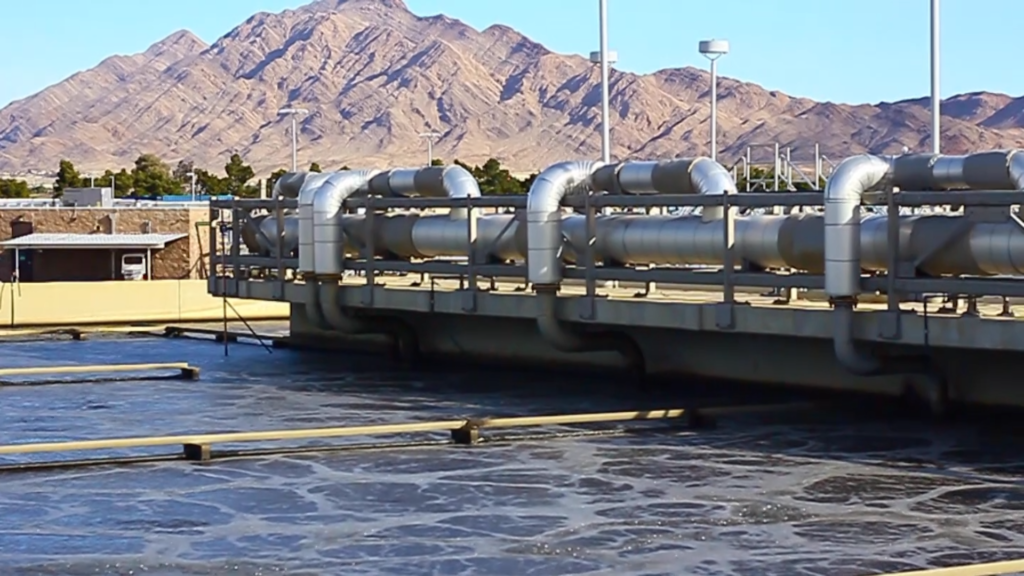
This, along with something called “water banking”—via an agreement Nevada struck with Arizona’s CAP to store unused Nevada water allotments underground in Arizona for future use—demonstrates the good stewardship of this precious resource by Southern Nevadans and the agencies tasked to manage it. For comparison, and as previously noted, none of the CAP water diverted to the Phoenix and Tucson metro areas is put back into the river system. Nor is any of it used by Southern California. One-and-done, as the saying goes.
As for broader possible solutions, in addition to developing the aforementioned desalination plants on California’s Pacific coast as a part of a regional solution to looming water shortfalls, the nation needs to be looking at this problem more holistically. While there is national legislation dealing with water quality, such as the Clean Water Act, we have no equivalent nationwide laws or policies with respect to water quantity.
I fully endorse the proposal once proffered by Bill Richardson, former governor of New Mexico. In his 2007 presidential run, with respect to water availability, water use and water distribution, as told to a reporter from the Elko Free Press, Richardson said that if elected, he would create a Department of Water—akin to the Department of Energy (minus Texas, of course) and tasked with the development of a national water policy. He was quoted as saying, “All states have a stake when it comes to future water needs.” He went on to say that the naming of a secretary of water would give the issue the attention it deserves and force the nation to address water everywhere, not just in the drought-plagued West. And here’s his kicker: “Everybody thinks water is only a western issue, but it’s not.”
Substantiating that last remark is, just for instance, the fairly recent drought and water shortage conflicts between Florida, Georgia and Alabama. And on the flip side, let’s not forget places with ever-increasing frequencies of way too much water, which comes in the form of floods from hurricanes and other meteorological events. We need not look much further than the recent devastating flooding in New Orleans, Tennessee, New York and New Jersey. No doubt there will be many more. Film at eleven...
When states get too much water, they get Federal Emergency Management Administration disaster relief—again, federal dollars—along with sympathy and donations pouring in from charities and individual Americans from across the nation. Same with the folks who live in earthquake zones and wild-fire regions and, yes, in tornado alleys, too, Uncle Henry and Auntie Em. We should help these folks. It is what we, as Americans, do. It is who we, the people, are. However, we in Southern Nevada need our share, too, what with that slow “no drip, no drip, no drip” of a decades-long drought in the Colorado River Basin.
Pitting one state or community against its neighbor, or one region against another, or calling out one region as a culprit for a global issue, is just not helpful. Southern Nevada has been on a drought management plan for more than 15 years and, with little if any fanfare, does a better conservation job than most other Colorado River water users.
One thing we all know here in Las Vegas—this “desert island” in the middle of the vast Mojave—is that only we really care about what happens here. And what happens here sustains us here, but other states need to get on board and cut their water use.
Water, water, everywhere,
And all the boards did shrink;
Water, water, every where,
Nor any drop to drink.
--The Rime of the Ancient Mariner, Samuel Taylor Coleridge, 1834
Author’s note: You can learn more about what Southern Nevada is doing on the conservation front on the website of the Southern Nevada Water Authority. To find out what some are doing to make our community a more sustainable and very livable place than most folks seem to want to believe, visit the website of ImpactNV, a consortium of governmental, private industry and non-governmental entities.
Mark Silverstein has lived in Southern Nevada since 1985, where he and his wife reared three “born-and-raised” now-adult children. Over the years, he has tested water in high-rise piping systems; studied invasive aquatic weed infestations in the Columbia River for the Bureau of Reclamation; managed a sand dune stabilization project on the eastern shore of Lake Ontario; and analyzed potable water for trace metals (e.g., lead, arsenic) with the New York State Department of Health. While living in Las Vegas, for two decades Silverstein was employed with Lockheed Martin as the prime contractor to the EPA’s research lab on the UNLV campus, working on such efforts as the National Surface Water Survey and water quality studies at bathing beaches around the U.S. He then was a senior water quality planner for Clark County, where for three years he worked on stormwater and wastewater management issues; and for eleven years was the principal environmental planner for the Department of Aviation, which included working on water-related issues involving the five operating County airports and the new airport planned in the Ivanpah Valley, while also developing the DOA’s sustainability program and presenting Southern Nevada’s water-related issues to national and international audiences before retiring in 2020.
